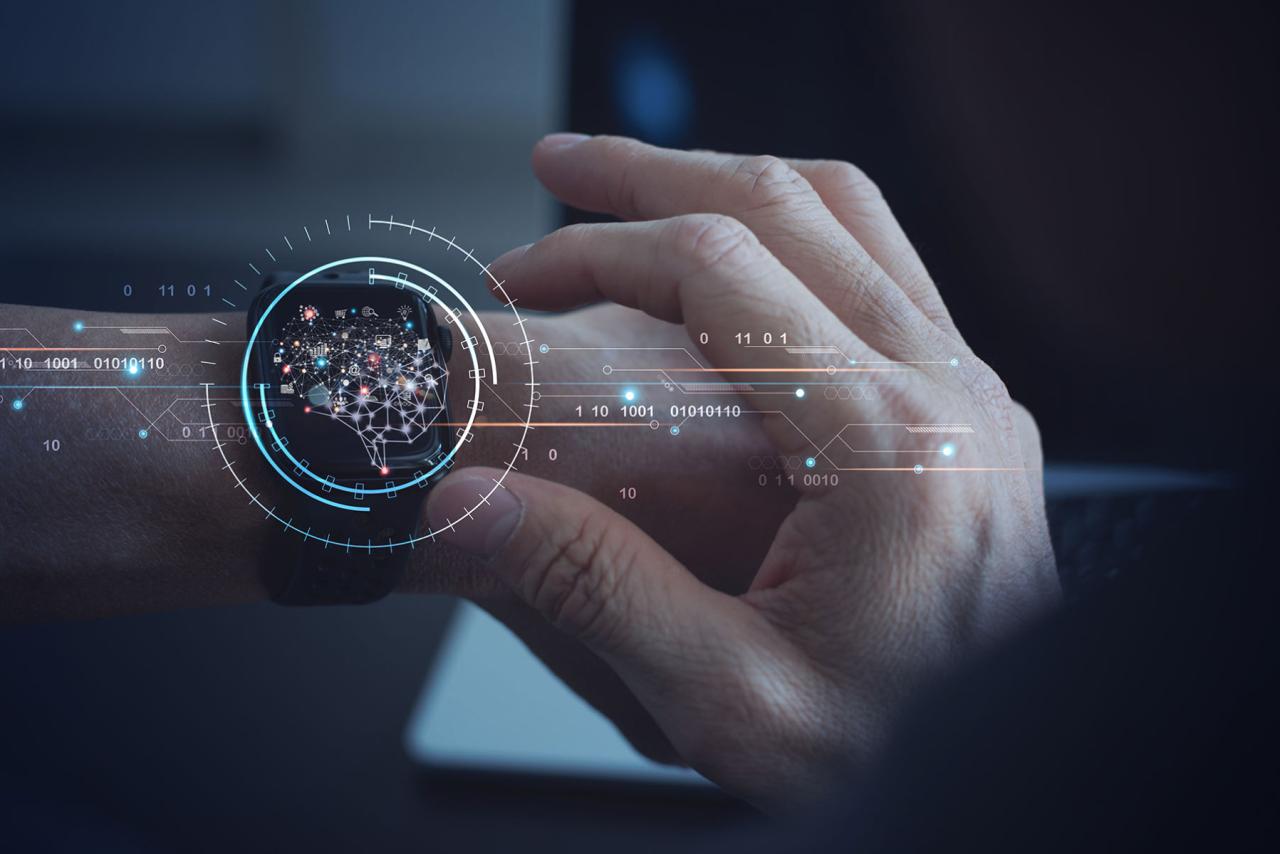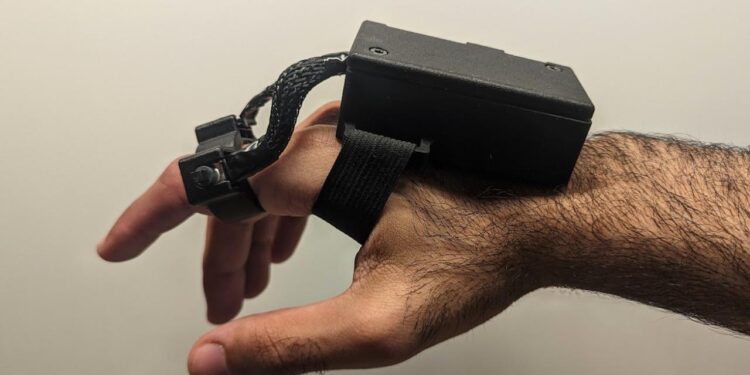The explosion of smart wearable devices like fitness trackers, smartwatches, health monitors, and smart glasses has revolutionized how we monitor health, stay connected, and interact with technology. Yet with this innovation comes complexity, especially in the realm of data accuracy, privacy, device interoperability, and consumer safety. That’s where artificial intelligence (AI) is stepping in to set new global standards.
As wearable tech becomes more widespread, the need for clear, reliable, and enforceable standards is critical. AI isn’t just powering wearables it’s actively helping to standardize them by ensuring uniformity in data interpretation, cross device compatibility, and user safety across manufacturers and platforms.
This article explores how artificial intelligence is shaping the evolving landscape of wearable technology standards, covering everything from health data protocols to environmental sensing accuracy.
The Need for Standards in Wearable Technology
Smart wearables now track everything from heart rate and sleep to blood oxygen levels and stress. However, without standardization, these devices may:
A. Provide inconsistent results across brands
B. Share unregulated or insecure health data
C. Lack compatibility with healthcare systems and apps
D. Deliver false alerts, causing user anxiety
E. Compromise battery life or hardware performance
Establishing reliable standards is essential for:
-
Regulatory compliance
-
Consumer protection
-
Medical accuracy
-
Developer integration
-
AI training and machine learning reliability
What Is AI’s Role in Wearable Standardization?
Artificial intelligence plays a key role in both creating and enforcing wearable standards through several functions:
A. Data Normalization
AI algorithms normalize sensor data collected from different devices. For example, step counts, heart rate variability, or sleep quality measurements are recalibrated for consistency regardless of device brand.
B. Pattern Recognition
Machine learning models identify reliable biological patterns across user populations. This helps establish baselines that can be used to judge device accuracy or alert discrepancies.
C. Real-Time Error Detection
AI systems can flag inaccurate or inconsistent readings due to sensor malfunction, improper wear, or software bugs.
D. Contextual Awareness
AI interprets data in context distinguishing, for instance, between a racing heart due to exercise vs. a panic attack improving accuracy in health warnings.
E. Interoperability Protocols
By analyzing device APIs and data frameworks, AI helps align competing platforms so wearables can “speak the same language.”
Wearables and Health: AI in Medical Standards
One of the most critical sectors benefiting from AI standardization is healthcare.
A. Regulatory Alignment
AI ensures devices comply with medical guidelines like those from:
-
The U.S. FDA (Food and Drug Administration)
-
European CE Marking Standards
-
ISO 13485 for medical device quality management
B. Clinical Validation
AI helps validate wearable data through real-time comparison with hospital-grade equipment during trials or user studies.
C. Remote Patient Monitoring
Wearables used for telemedicine require consistent and accurate outputs. AI filters out noise and flags critical issues before they’re transmitted to a provider.
D. Disease Detection Algorithms
AI not only standardizes data but also supports diagnostic models—for early detection of conditions like:
-
Sleep apnea
-
Atrial fibrillation
-
Diabetes complications
-
Parkinson’s tremors
Privacy and Security Standards via AI
AI is instrumental in enforcing privacy and cybersecurity standards across wearable devices, particularly when they deal with sensitive health or location data.
A. Data Encryption Enforcement
AI ensures encryption protocols like TLS and AES are followed before data leaves the device.
B. Anomaly Detection
Machine learning systems can detect unusual activity, such as unauthorized data access or sudden app permissions, to prevent breaches.
C. Federated Learning
AI allows devices to train models locally and share only insights, not raw data—maintaining user privacy while enhancing accuracy.
D. Compliance Audits
Automated AI auditing tools verify compliance with standards like GDPR (General Data Protection Regulation) and HIPAA (Health Insurance Portability and Accountability Act).
AI and Hardware Level Standards
Beyond software, AI is increasingly involved in setting hardware benchmarks for wearable manufacturers.
A. Sensor Calibration
AI-driven feedback loops during manufacturing ensure accelerometers, gyroscopes, and optical sensors meet tight tolerances.
B. Battery Optimization
AI algorithms help create standards for low-energy Bluetooth usage, processor efficiency, and battery-saving modes.
C. Material Durability Testing
AI simulations predict how materials respond to heat, sweat, movement, and aging, aiding in long-term device standards.
Real-World Applications: Companies and Projects Leading the Charge

Several global companies and institutions are already integrating AI to define and apply wearable standards:
A. Apple
Apple’s health algorithms and wearable operating system (watchOS) undergo rigorous AI-based calibration for ECG, blood oxygen, and more—backed by FDA approval.
B. Fitbit (Google)
Using AI, Fitbit ensures its health tracking data is comparable across models, while also working toward standardized health data via Google Health Connect.
C. WHO & ISO Collaboration
The World Health Organization and International Organization for Standardization are collaborating on AI-driven frameworks for digital health devices.
D. OpenWear Consortium
A global initiative where universities, device makers, and hospitals contribute anonymized data to help AI build universal wearable benchmarks.
Environmental and Motion Standards in Wearables
AI is helping standardize how wearables monitor external conditions and movement. This is crucial for:
A. Accurate Step and Distance Tracking
AI uses accelerometer and GPS data to differentiate walking, running, biking, or stairs for precise fitness metrics.
B. Fall Detection
Smartwatches use AI to detect falls and trigger emergency calls—a feature increasingly governed by international safety standards.
C. Air Quality & UV Sensors
Wearables with environmental sensors rely on AI to translate raw data into meaningful alerts or recommendations.
Developing Unified APIs and Frameworks with AI
To ensure compatibility between brands and platforms, AI is being used to develop standardized APIs (Application Programming Interfaces) and development frameworks.
A. Common Data Models
AI maps diverse data structures from different manufacturers into shared, readable formats.
B. SDK-Level Integration
Standardized software development kits allow third-party developers to build apps that work across all certified devices.
C. AI-Assisted Interoperability Testing
Machine learning runs stress tests to identify compatibility failures in real-world multi-device environments.
Challenges in AI-Based Standardization
Despite progress, several challenges remain:
A. Data Bias
AI models can produce skewed standards if training datasets lack diversity in age, race, or gender.
B. Over-Reliance on Proprietary Systems
Companies may withhold data to maintain competitive advantages, slowing industry-wide standardization.
C. Regulatory Lag
Lawmakers often struggle to keep up with the fast pace of AI development, leading to outdated compliance frameworks.
D. Cost and Accessibility
Implementing AI-based standardization can be expensive, limiting access for startups or low-income regions.
The Future of AI-Standardized Wearables
The road ahead looks promising, as AI continues to mature alongside wearable tech. Here are some trends on the horizon:
A. ISO-Certified AI Benchmarks
Future wearables may require certification based on internationally recognized AI assessment frameworks.
B. Unified Health Cloud Ecosystems
AI will enable real-time data exchange between wearables, electronic health records, and insurance platformswhile maintaining privacy.
C. Wearable-as-a-Service (WaaS)
Subscription models could offer standard certified wearables as services, bundled with health insights and telemedicine access.
D. AI for Personalization Within Standards
Even with universal rules, AI will allow deep personalization adapting standards to individual physiology or lifestyle patterns.
AI is no longer just a feature embedded in wearables it’s becoming the foundation upon which trust, reliability, and safety are built. By setting and upholding universal standards, AI ensures that wearables are not only smart but also safe, secure, and medically valid.
As the wearable market continues to explode in growth, AI driven standardization will be the invisible force that guarantees user confidence, regulatory compliance, and technological harmony.













